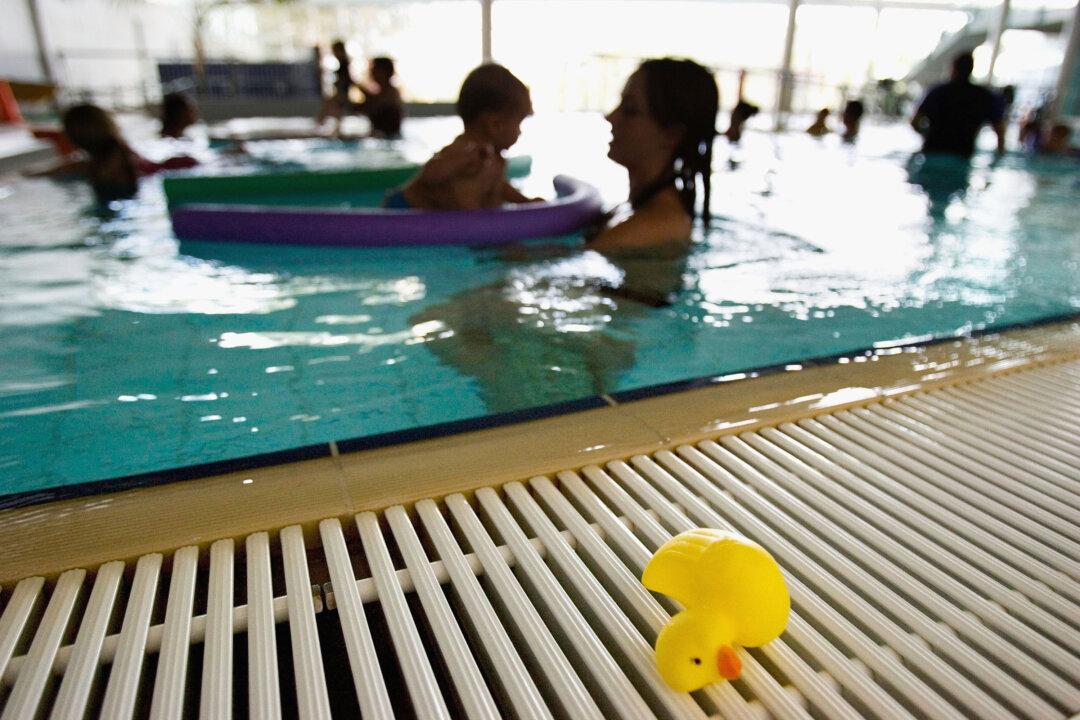Australian experts are worried that more children across the country could be at risk of drowning this summer due to a jump in missing swimming lessons for kids and the significant number of parents lacking knowledge of water safety.
The Royal Children’s Hospital in Melbourne surveyed 2,036 Australian parents and found that one in six children aged between six months and 17 years old had never attended a swimming lesson, with younger children less likely to do so.





